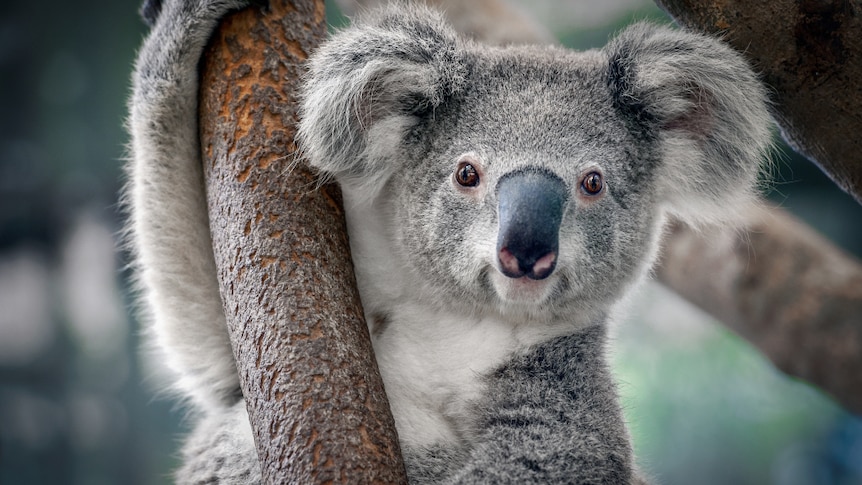Copyright abc

A hidden group of koalas has been discovered, with the use of thermal drones, for the first time in a remote area of the New South Wales Snowy Mountains. Koalas are known to exist in parts of the high country, including at Numeralla, Dangelong, Kybeyan and Peak View. But it appears their numbers are more extensive than previously thought, after eight koalas were sighted at Avonside, east of Jindabyne. "It's become more than just a couple of animals sighted in one location," Local Land Services officer Kirrily Gould said. Drone sightings Thermal drones found two koalas in Avonside in July 2024, before eight more were detected in July 2025 with the same technology. Vision was recorded across five 56-hectare grids in the Avonside region as part of the most recent survey. Koalas were also spotted in more commonly known areas such as the Coornartha Nature Reserve. Prior to this, there were historical records of koala scat in the Avonside area and some anecdotal reports from landholders. Audio monitoring surveys had also taken place in the area, detecting male koala bellows. A bushfire swept through the region in 2003, raising doubts about whether any koalas remained. "Where we found these new clusters of koala occupancy, landholders didn't know they had koalas on their property." Sally Miller, senior project officer with the NSW government's koala strategy, said the detection of eight koalas was "incredibly exciting". "It's showing a really slow but positive increase in recovery following those fires," Dr Miller said. "This is the first survey that has picked up anywhere near this number. Koala karaoke Following the thermal drone sightings, Landcare and Snowy Mountains Wildlife Rescue volunteers went into the area on foot to collect koala scat. It will be tested to check if the marsupials are infected with chlamydia. The disease is a leading threat that can cause infertility and overall population decline. "If this population is disease-free, it makes it a vitally important part of the koala puzzle on the Southern Tablelands because of their isolated nature," Ms Gould said. "It means that they won't pick up disease from other populations or they won't spread the disease. The habitat of Avonside is steep and isolated with few established tracks. This is ideal for koalas, but challenging for the researchers and landholders trying to find them. Ms Gould said she suspected more koalas were in the Avonside area, and monitoring of the population would continue. Local Land Services has asked private landholders to help protect the koala habitat by controlling weeds and pests, and conducting bushfire management on their properties. Landholders have also been encouraged take part in an audio monitoring survey in November called Koala Karaoke. "Landholders just put a plastic recording device out in the bush for 14 nights, bring it back to us and we analyse the data," Ms Gould said. "That will help us discover more about the extent of the koala population across the Southern Tablelands." Dr Miller said the more koalas found, the better. "We are looking to learn more about the koala population so we can protect and restore their habitat to expand their population," she said.



